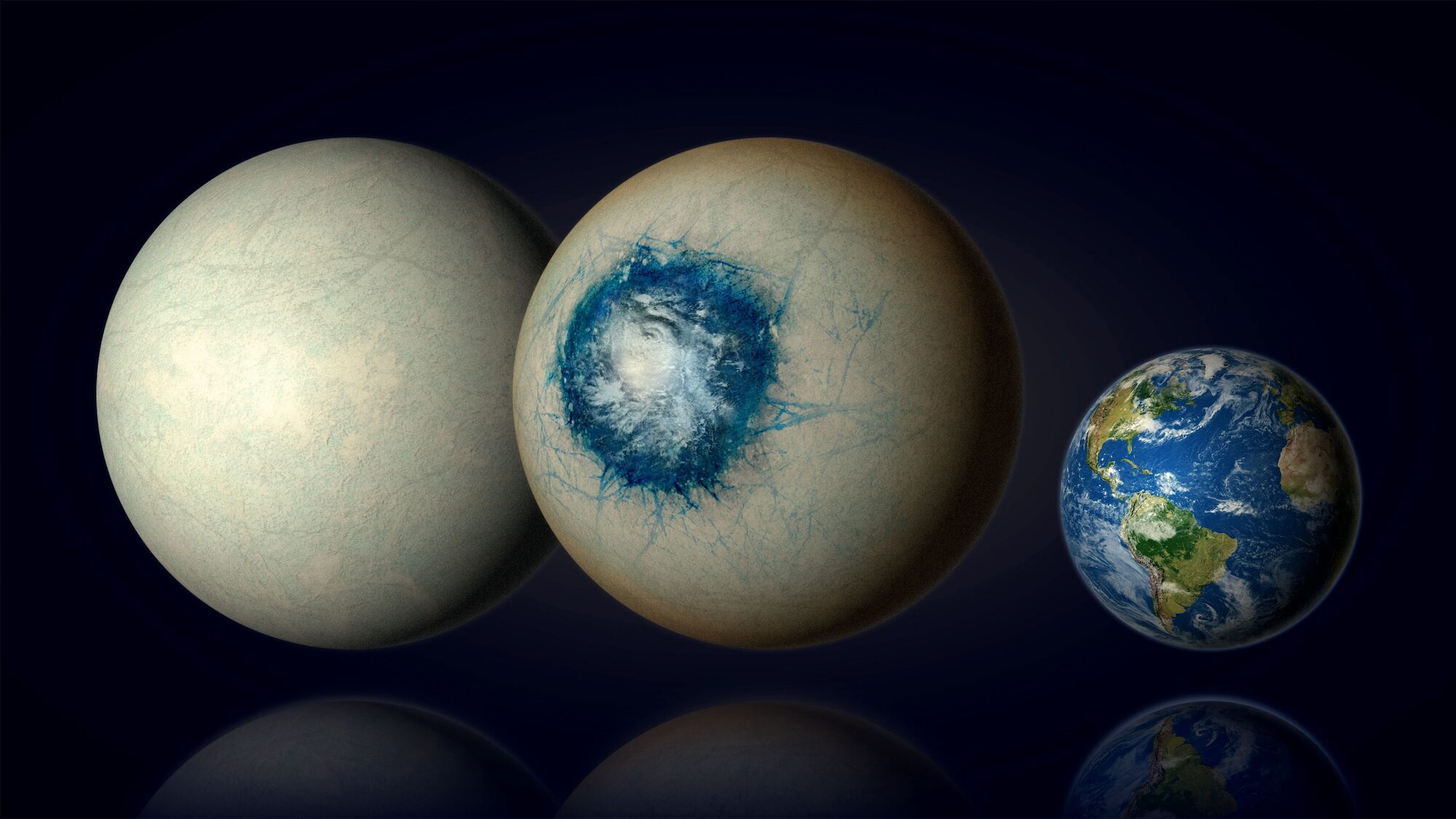
The gift that keeps on giving, NASA’s James Webb Space Telescope has now revealed the best contender for supporting life beyond Earth.
The findings, led by Université de Montréal, are an incredibly exciting step in the search for extra terrestrial life, and researchers propose that this exoplanet may have a temperate ocean the size of the Atlantic, and a nitrogen–rich atmosphere, just like Earth.
Dubbed LHS 1140 b, the exoplanet, a planet that orbits stars rather than our sun, orbits a red dwarf star about a fifth the size of the sun and sits 48 light years away from Earth in the constellation Cetus, meaning ‘the whale’.
LHS 1140 b sits in the habitable zone of the red dwarf, otherwise known as its ‘Goldilocks zone’, meaning that it’s an area around the star that is neither too hot, nor too cold, to host water, and therefore living organisms.
"Of all currently known temperate exoplanets, LHS 1140 b could well be our best bet to one day indirectly confirm liquid water on the surface of an alien world beyond our solar system," Charles Cadieux, lead author of a paper on the discovery and a doctoral student at the Université de Montréal, said in a statement. "This would be a major milestone in the search for potentially habitable exoplanets."
Based on the data, LHS 1140 b appears to be less dense than a typical rocky planet, with a nitrogen rich atmosphere, with up to 20% of its mass covered in water.
"LHS 1140 b is one of the best small exoplanets in the habitable zone capable of supporting a thick atmosphere, and we might just have found evidence of air on this world," said Ryan MacDonald, NASA Sagan Fellow in the U–M Department of Astronomy, who was essential in the analysis of the exoplanets atmosphere.
Launched in 2021, the James Webb Space Telescope is the largest, most powerful, and most complex telescope ever launched into space. Unlike the Hubble Space Telescope, it doesn’t orbit the Earth, but the Sun, 1.5 million kilometres away from the Earth, at what is called the second Lagrange Point, or L2.
Primarily designed for near–infrared astronomy, it can also see orange and red visible light, as well as the mid–infrared region, and detect objects up to 100 times fainter than the Hubble Telescope, including objects that exist much earlier in the history of the universe, about 180 million years cosmic time after Big Bang.
Check out our guides to the best telescopes for astrophotography, and the best deep-space telescopes.
Why not also take a look at the best cameras for astrophotography, and the best lenses for astrophotography.







